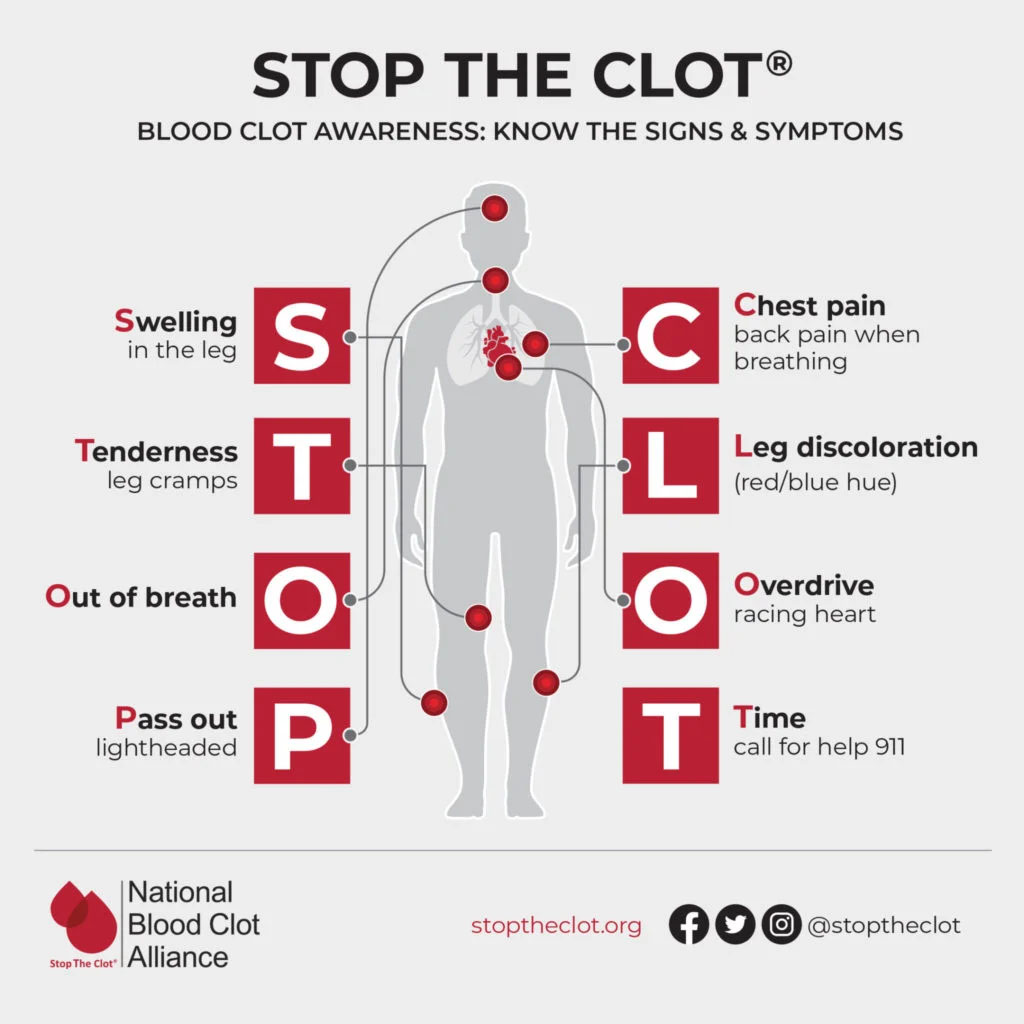Knowing the symptoms of blood clots can be lifesaving
March is Blood Clot Awareness Month

MORGANTOWN, W.Va. – Deep venous thrombosis (DVT), blood clots of the deep veins of the body, affects people of all ages and genders and can quickly become life-threatening if left untreated.
Blood clotting is an important way the body responds to injuries to prevent blood loss. However, sometimes these clots can form in the veins of the legs or pelvis causing a DVT, which can block the flow of blood back to the heart. If DVTs are not treated, the clot can break free and travel through the blood vessels to the lungs, causing a pulmonary embolism (PE), a blockage of the blood vessels in the lungs. 
DVTs and PEs require immediate medical attention. Many can be treated with the use of blood thinners to break up the clot, but some require a minimally invasive surgical procedure to remove the blockage. Interventional radiologists at WVU Medicine have performed more than 100 DVT and PE cases using the minimally invasive Inari system to remove blood clots.
“Treatments for DVT and PE blood clots have greatly improved in recent years,” Robert Grammer, M.D., WVU Medicine interventional radiologist, said. “Prevention through lifestyle change is key, but you should also familiarize yourself with the symptoms of blood clots so you can get to the hospital in time for us to treat you.”
Symptoms of DVT include leg swelling, leg pain, cramping, or soreness that often start in the calf, a change in skin color on the leg, and a feeling of warmth on the affected leg. Symptoms of PE include shortness of breath, chest pain, and fainting.
“There are things you can do to help prevent blood clots from forming,” Dr. Grammer said. “If you have to sit for an extended period because you are traveling, you should stand up every one-to-two hours and walk around to stretch your legs if you are able. If you are hospitalized, discuss a prevention plan with your medical team that fits your needs. Lifestyle changes, including weight loss and smoking cessation, can also help reduce your risk.”
Risk factors for the formation of blood clots include:
- Hospitalization for illness or surgery
- Major surgery, particularly of the pelvis, abdomen, hip, or knee
- Severe trauma, such as a car accident
- Injury to a vein that may have been caused by a broken bone or severe muscle injury
- Hip or knee replacement surgery
- Cancer and cancer treatments
- Use of birth control methods that contain estrogen
- Pregnancy, including three months post-partum
- The use of hormone therapy that contains estrogen
- A family history of blood clots
- Obesity
- Confinement to bed or wheelchair
- Sitting too long, especially with legs crossed
- Smoking and vaping
- Age 55 or older
- Long-term diseases, such as heart and lung conditions and diabetes
If you or a loved one are experiencing symptoms of DVT or PE, visit your nearest emergency department. For more information about interventional radiology, please click here.